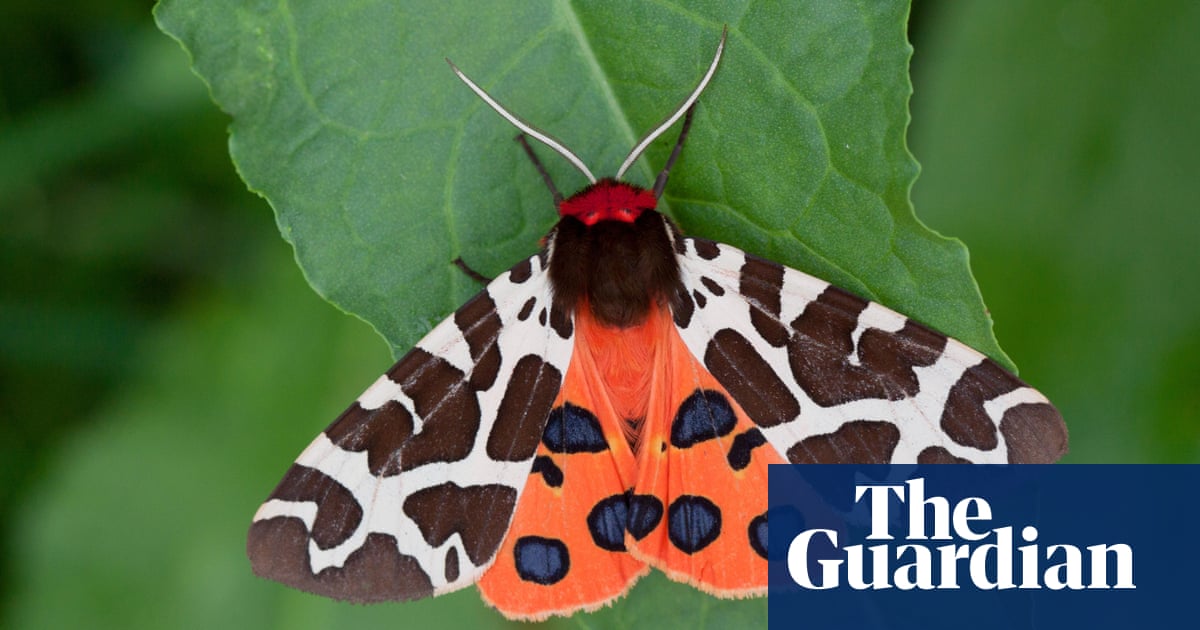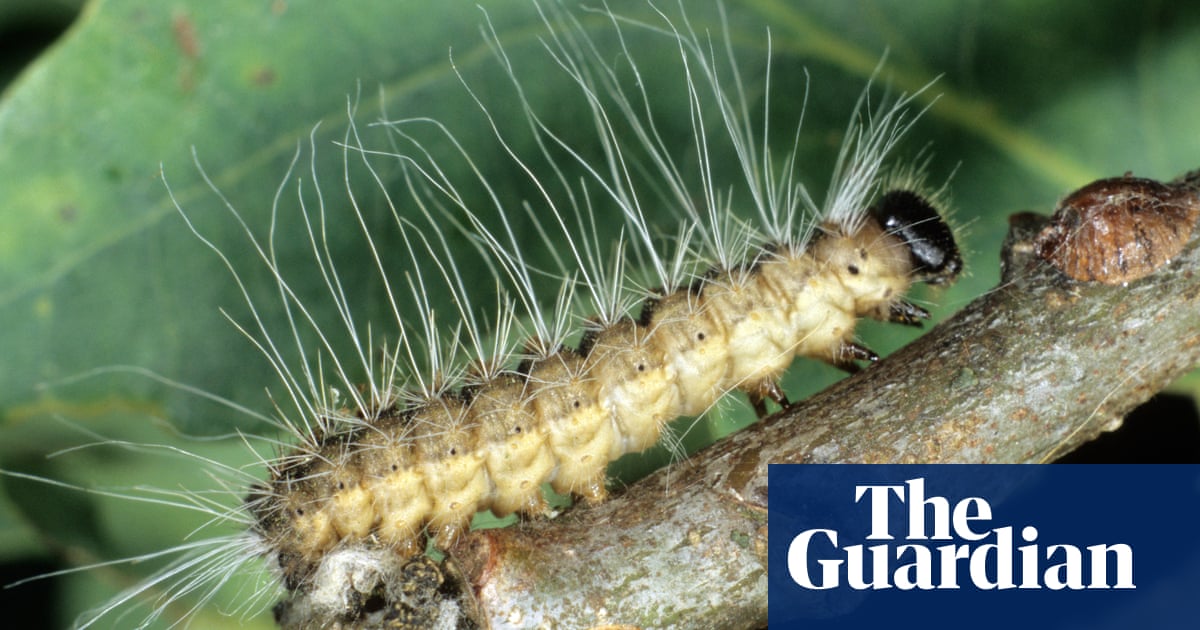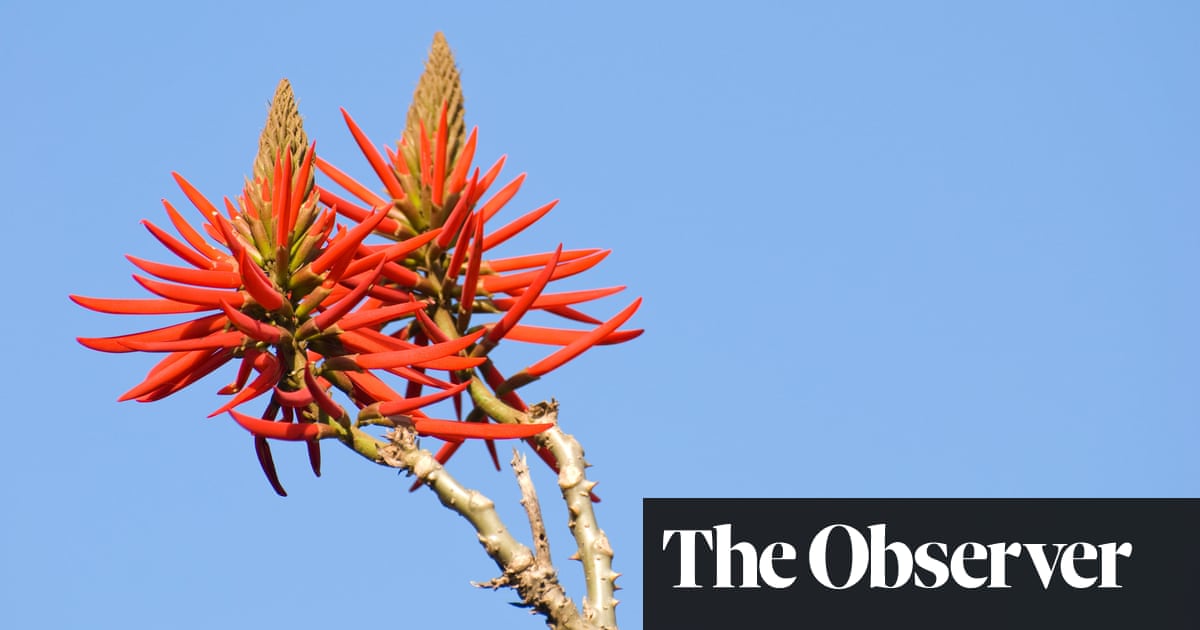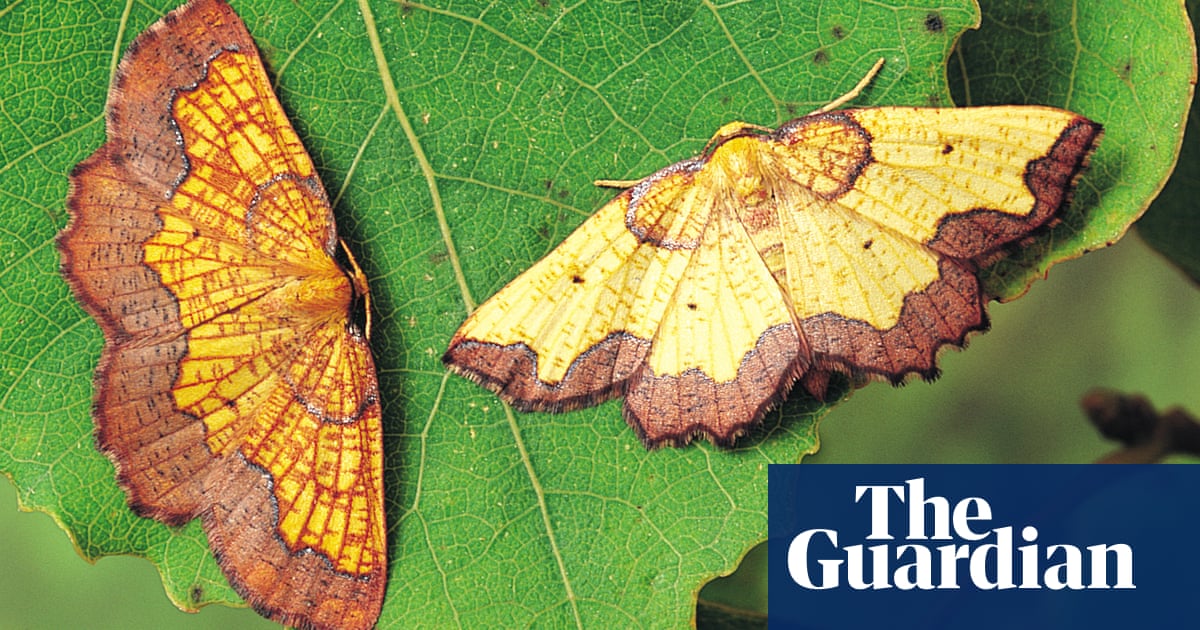
Drought is threatening some British moth species with local extinction, a study has found, as the insects are no longer being seen in areas which are becoming drier and hotter.
The new research, published today by wildlife charity Butterfly Conservation and Northumbria University, looked at data gathered over a 40-year period by volunteers of Butterfly Conservation’s National Moth Recording Scheme.
It found that cool-adapted moths, which once thrived in many habitats in Britain, have retreated towards the north-west where temperatures are lower, with some species dying out completely in warmer, drier more southerly and easterly parts. Most of the cool-adapted moth species have declined in number in recent decades.
One moth that has suffered is the garden tiger, whose numbers fell by an alarming 89% between 1968 and 2002. The caterpillars are adapted to survive long frosty winters.
Scientists said these local extinctions occurred in the warmest parts of Britain, but that the threat to the moths was greatly reduced where annual rainfall was also high. While further research is needed as to why this is, researchers said it could be because the plants that the moths’ caterpillars rely upon for food survive better when there is more rainfall.
Conservationists have called for water availability in the landscape to be prioritised as a response to climate breakdown, for example by reducing overgrazing by livestock, increasing tree cover, slowing down rivers and restoring peatlands. All of these activities would retain water which would benefit moths and other wildlife.
Dr Lisbeth Hordley, a postdoctoral researcher at Butterfly Conservation and lead author of the study, said: “Cold-adapted species, like the British moths in our study, are likely to be the first to struggle as the climate warms. Unfortunately, as climate change worsens, more areas in Britain will see the high temperatures that are driving these moths to extinction, so adapting land management to increase water retention is even more important to safeguard such species.”
As the climate continues to change, the UK is becoming more susceptible to droughts, with a bout of dry weather last year causing record-breaking low rivers, which is continuing to have effects this year.
Dr Richard Fox, head of science at Butterfly Conservation and co-author of the research, added: “Thanks to the efforts of thousands of volunteer moth recorders over the past 40 years, we now know that there is a strong link between warming temperatures and the decline of many species that live in cooler parts of Britain. Although that’s really bad news for the insects, the records gathered by these citizen scientists have also shown how we can increase the resilience of these species, at the same time as benefiting people, by retaining more water in river catchments.
“Existing Butterfly Conservation projects such as the Bog Squad, which is re-wetting damaged peat bogs in Scotland, are already providing such benefits but much more is required to protect wildlife and people as the climate crisis grows.”












